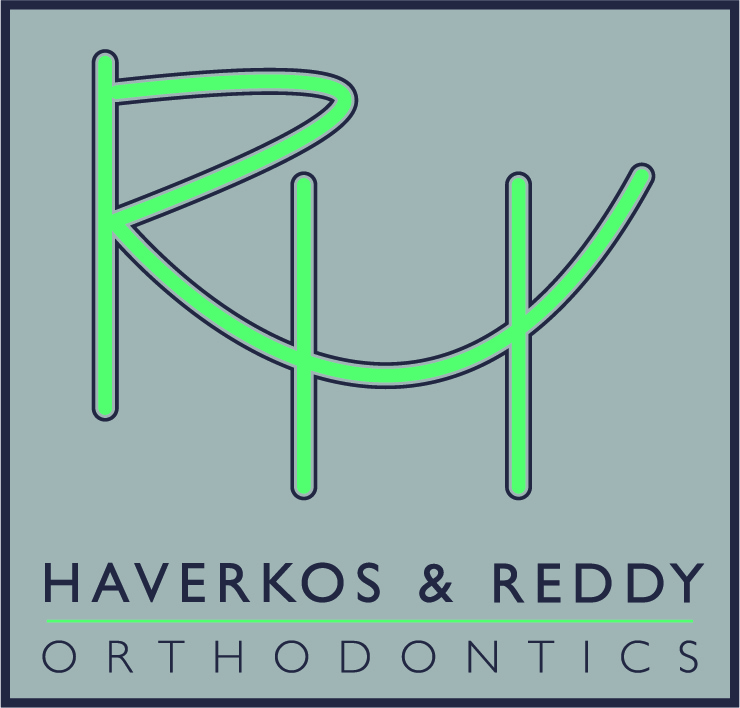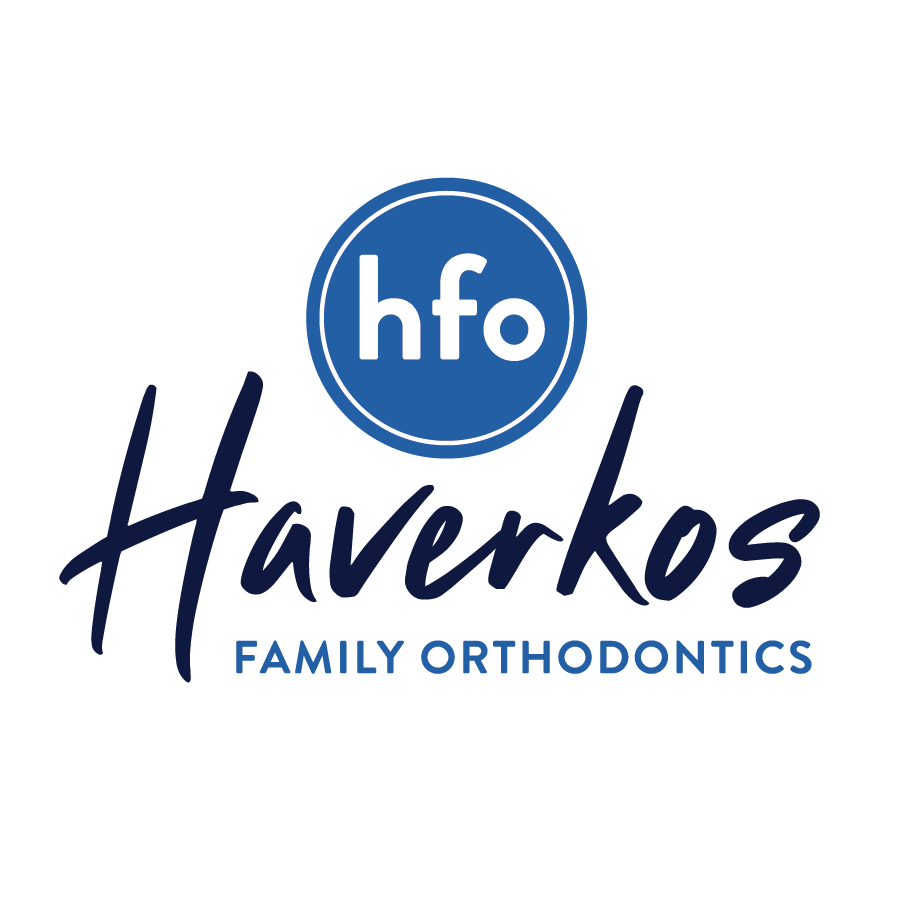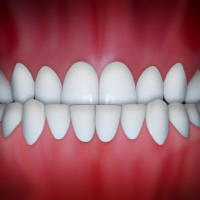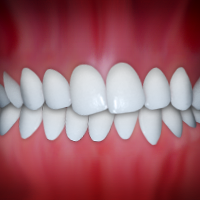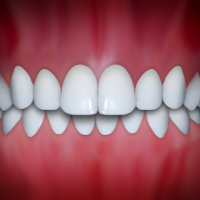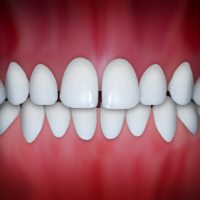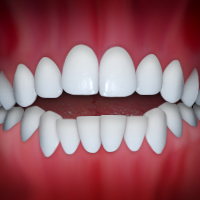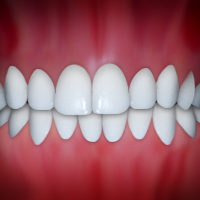Bite Problems and How to Fix Them
Bite problems typically become evident by the age of 7. These bite problems can include underbite, crossbite or excessive overbite, where upper and lower teeth don’t close in the proper position. Open bite is where space remains between top and bottom teeth when the jaws are closed. Crowding or excessive spacing is a condition where teeth are spaced too close together or too far apart.
In order to correct bite problems, teeth need to be moved, this is where orthodontics comes in. Teeth are not in a fixed position on supporting bone. Teeth are held in place by a hammock-like structure called the periodontal ligament. Orthodontic appliances apply light constant pressure to shift teeth into the desired position.
Orthodontics is for Children — and Adults
Beginning your orthodontic treatment journey in childhood is ideal because Dr. Reddy & Dr. Haverkos can take advantage of a youngster’s natural growth processes to help move the teeth into proper alignment. During the growth period, it’s possible (for example) to create more room for teeth in a crowded mouth by using a “palatal expander” to rapidly widen the upper jaw. This phase of growth modification can shorten overall treatment time and ensure the best result if additional orthodontic appliances are needed.
However, healthy teeth can be moved at any age, so it’s never too late for orthodontic treatment. In fact, about one in five orthodontic patients are adults. Tooth-colored ceramic braces, clear aligners and invisible lingual braces have all made orthodontic appliances more discrete, and therefore enhanced the treatment experience for adults.
Types of Orthodontic Appliances
While traditional metal brackets remain a popular style, there are more options than ever before. Today, there are more discrete options such as clear braces that use brackets made of ceramic or plastic, except for the slim archwire. Lingual braces are another alternative to the traditional metal braces. Lingual braces are bonded to the back of your teeth (the tongue side) so that no one can see them.
Removable clear aligners are also a very popular alternative to fixed orthodontic appliances. They consist of a series of clear plastic “trays” that fit over your teeth exactly; each aligner moves your teeth a little bit until they are in the proper position.
Whether fixed or removable, each type of appliance has advantages or disadvantages in particular situations. After a complete examination, we will discuss which treatment options are most recommended for your individual journey.
Retention & Post Orthodontic Care
Once you have completed your orthodontic treatment, it’s extremely important to wear a retainer as directed. Teeth naturally tend to drift back to their original locations and this is the last thing you want to deal with after investing so much to make your smile perfect. Wearing a retainer holds your teeth in their new position long enough for new bone and ligament to re-form around them and therefore prolonging the life of your beautiful smile.
